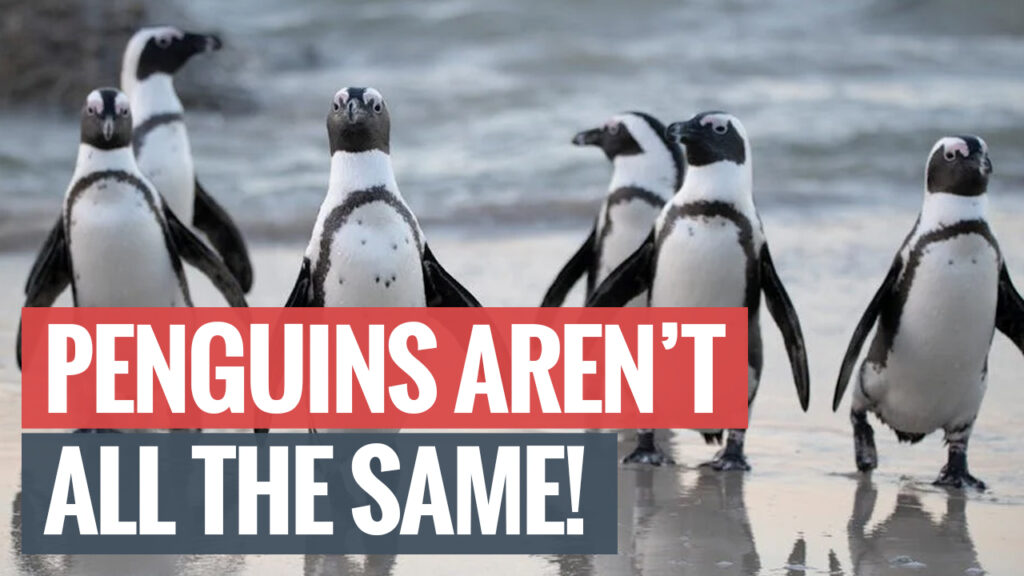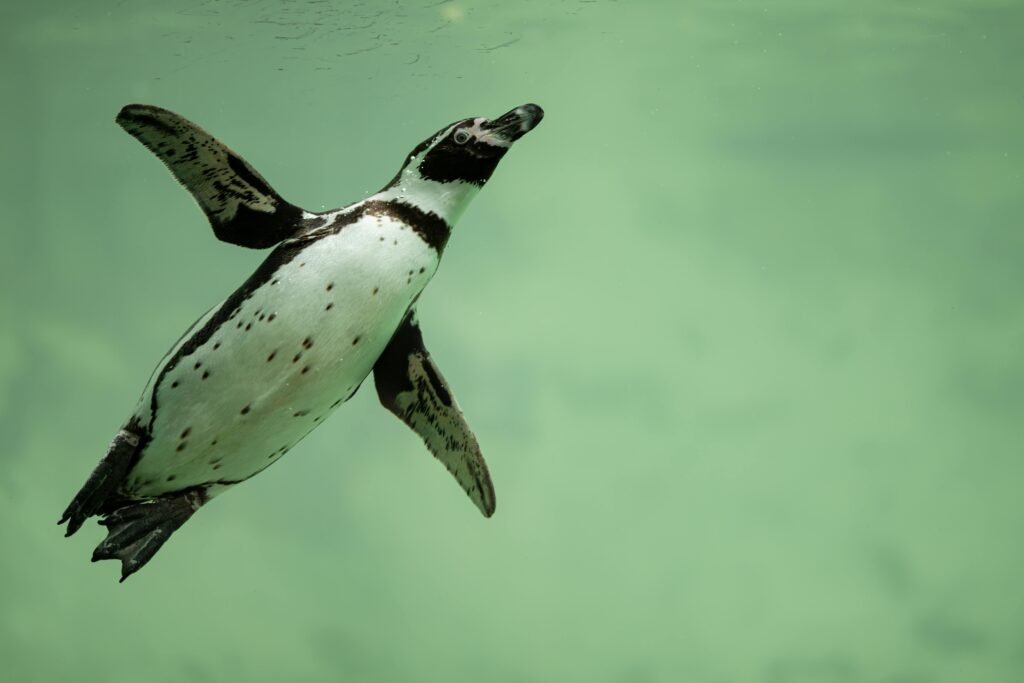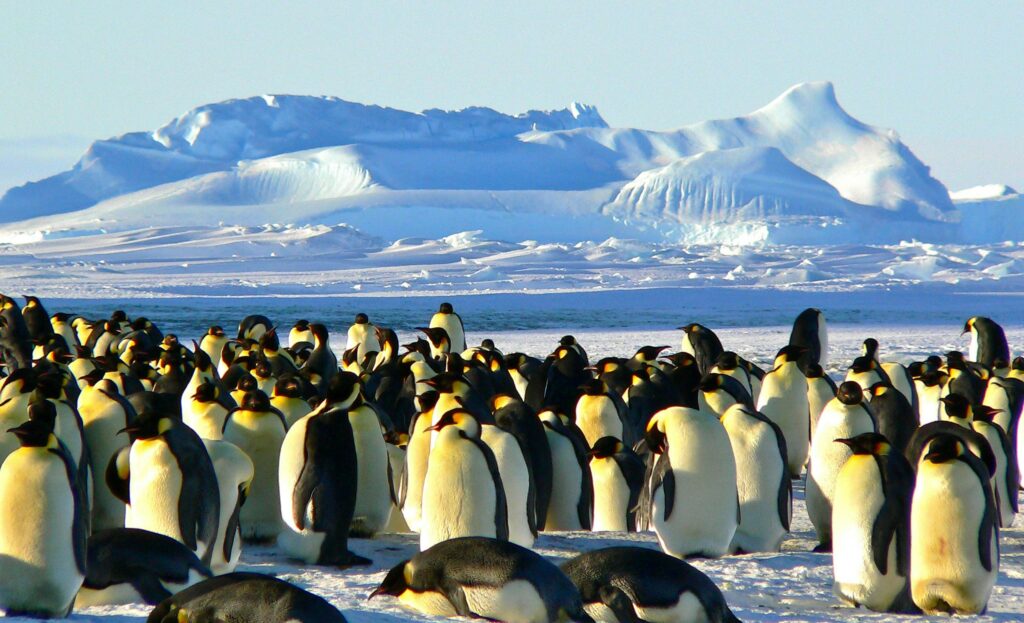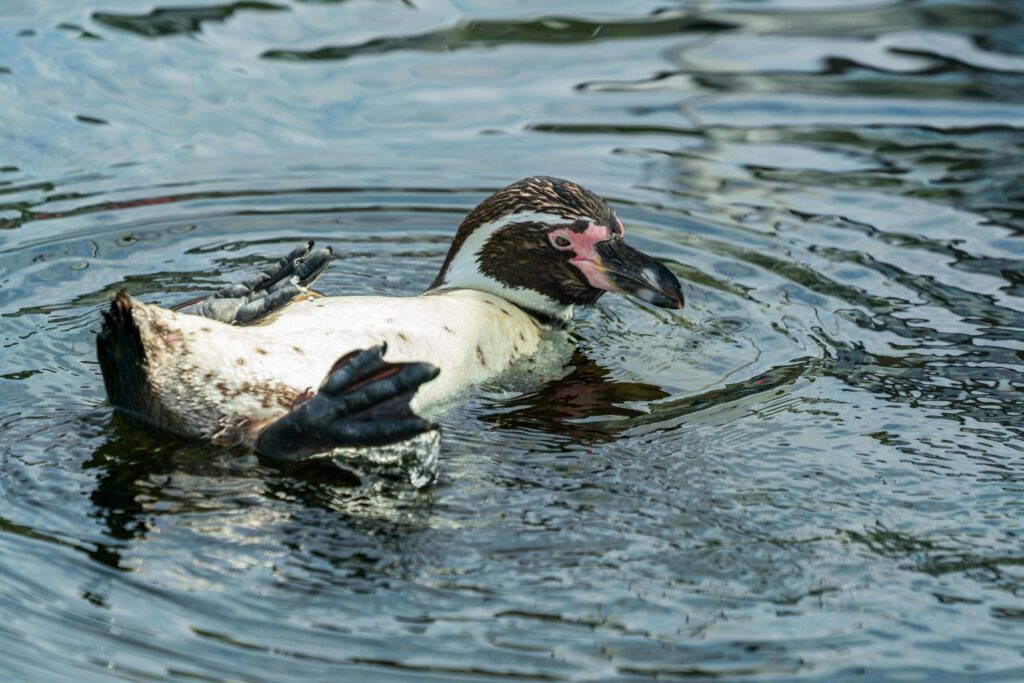Imagine living your entire life surrounded by saltwater—and never having a clean glass of freshwater to drink.
Sounds impossible, right? Yet, penguins have mastered this extraordinary survival trick for millions of years.
In the vast, frozen landscapes they call home, freshwater is a rare luxury. From the icy coasts of Antarctica to the rocky shores of South Africa, penguins have evolved remarkable biological adaptations to survive—and thrive—without ever needing freshwater sources. ❄️🌊
Let’s dive deep into this incredible story of nature’s ingenuity.
A Salty Challenge: Life Without Freshwater 🌍
In many parts of the world, animals can rely on rivers, lakes, and rain to find freshwater.
Penguins, however, are often stuck in environments where these resources simply don’t exist.
For example:
- In Antarctica, nearly all available water is locked up as ice.
- On remote islands and rocky beaches, rain is infrequent and unreliable.
- Even species living closer to the equator, like the Galápagos Penguin, primarily encounter saltwater.
Given these challenges, penguins had to adapt—or perish.
Instead of searching for fresh water, penguins developed a way to live with saltwater. 🧂🐧
The Marvel of the Salt Gland 🧠✨
The secret weapon behind penguin hydration is a small but powerful organ known as the salt gland.
Located just above their eyes, the salt glands function like highly efficient desalination units.
When a penguin swallows seawater—whether while hunting or preening—the excess salt enters their bloodstream.
Rather than allowing this salt to build up to toxic levels, the salt glands filter out the salt and concentrate it into a briny solution.
This salty fluid is then excreted through their nostrils.
Often, you’ll see penguins give a little head shake or sneeze—a charming sight, but actually an essential life-saving behavior! 🐧💨
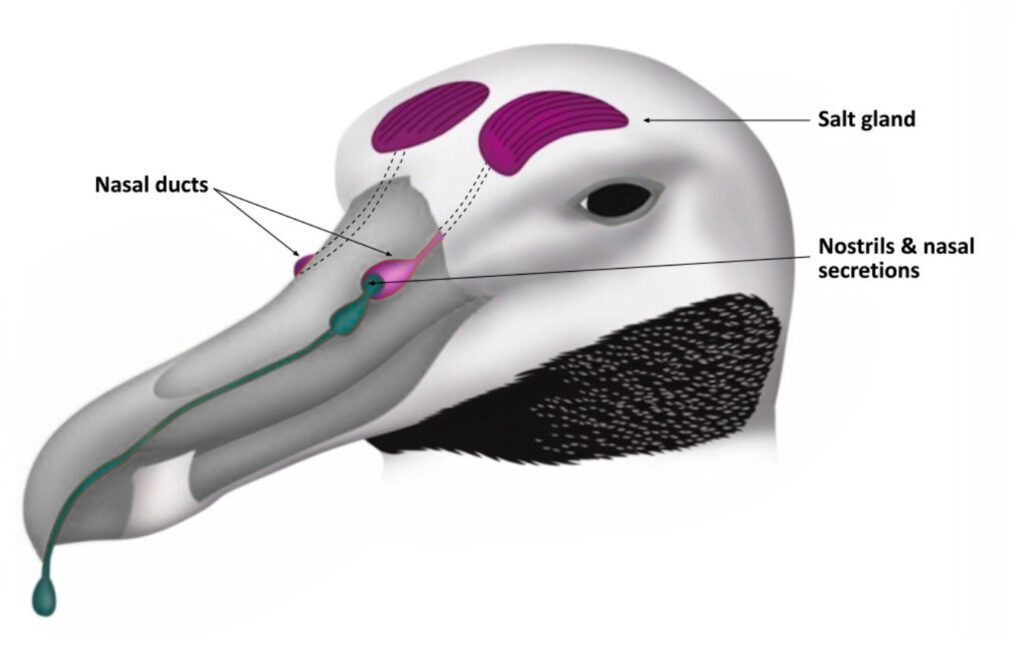
How the Salt Gland Works: A Closer Look 🔬
Let’s break it down step-by-step:
- Ingestion: Penguins consume seawater while eating prey or grooming.
- Circulation: The salt enters their bloodstream.
- Filtration: Specialized cells in the salt gland actively transport salt ions out of the blood.
- Excretion: The gland produces a salty solution, expelled through the nasal passages.
- Behavior: Penguins shake their heads or sneeze to remove the salt.
This process ensures that penguins maintain a healthy internal balance of water and electrolytes—without ever needing to drink fresh water! 🧂💦
Adaptation Across Different Penguin Species 🐧🌎
Interestingly, all penguin species possess salt glands, but the size and activity level of the glands vary depending on their habitat.
- Emperor Penguins living in Antarctica rely heavily on their salt glands because they spend months on sea ice without access to liquid freshwater.
- African Penguins also depend on salt glands, although occasional rain provides them with some freshwater opportunities.
- Galápagos Penguins, despite living in a tropical climate, still ingest saltwater daily and thus need their salt glands operating efficiently.
In every case, this adaptation is vital for survival.
Moreover, studies show that penguins’ salt glands are among the most developed and efficient among all seabirds, reflecting the critical role they play in penguin biology. 🧠✨
Other Water-Saving Tricks Penguins Use 💡
Salt glands are their primary defense, but penguins have a few more tricks up their sleeves to conserve and manage water:
1. Metabolic Water Production
When penguins digest food, their bodies naturally produce a small amount of water as a byproduct.
This metabolic water helps meet some of their hydration needs.
2. Behavioral Adaptations
Penguins avoid overheating and unnecessary water loss by:
- Limiting excessive movement during the hottest parts of the day.
- Huddling together to conserve moisture and body heat.
- Using shaded areas or burrows (especially species like the Magellanic Penguin).
3. Efficient Excretion
Penguins produce highly concentrated urine and minimal liquid feces, reducing water loss while eliminating waste. 🚽🐧
All of these strategies add up, allowing penguins to maintain hydration even in brutally dry or salty environments.
Why Don’t Penguins Just Melt Ice? 🧊
You might wonder:
“Why don’t penguins just eat snow or melt ice for drinking water?”
Actually, some Antarctic species do eat snow occasionally to supplement their hydration, especially during breeding seasons.
However, relying heavily on snow or ice is inefficient because:
- It requires a lot of body heat (energy) to melt ice internally.
- Eating too much snow can lower their core body temperature dangerously.
Thus, while snow eating happens occasionally, penguins primarily depend on their biological adaptations rather than risky external water sources. ❄️🐧
How Penguin Adaptations Inspire Human Technology 🌟
Penguin salt glands are so efficient that they’ve inspired human innovations!
Researchers studying penguin desalination have applied similar principles to reverse osmosis systems used in water purification technologies today.
This biomimicry shows once again how nature often provides brilliant solutions long before human technology catches up. 🚀
The Hidden Danger: Climate Change and Salt Gland Stress 🌎⚠️
While penguins have adapted beautifully to their salty worlds, climate change threatens to upset this delicate balance.
- Rising ocean temperatures could impact prey availability, forcing penguins to expend more energy and ingest more saltwater.
- Increasing rain patterns in some areas might alter colony conditions, making chicks more vulnerable to disease if salt management is disrupted.
- Melting ice could expose penguins to more direct sunlight, increasing dehydration risks.
Understanding the importance of salt glands helps conservationists monitor penguin health and anticipate challenges in a rapidly changing world.
🐧💬 Nature’s Brilliant Engineers: A Final Thought
Penguins are, without a doubt, nature’s brilliant engineers.
Their ability to survive and thrive without freshwater is a testament to the wonders of evolution—and a reminder that even the harshest environments can be conquered with the right adaptations.
Next time you watch a penguin sneeze adorably or shake its head at the beach, remember:
It’s not just being cute—it’s performing a complex, life-saving action, honed over millions of years. 🧂🐧✨
Through resilience, biological creativity, and sheer determination, penguins have turned a world without freshwater into a home.
